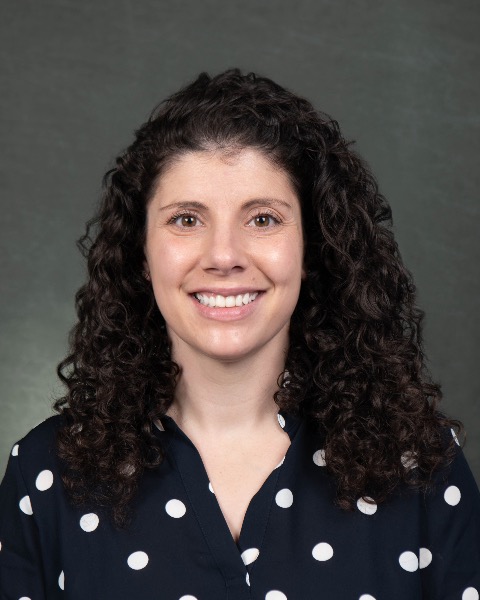Emergency Medicine: All Areas
Emergency Medicine 13
362 - Feasibility of Implementing a Food Insecurity and Distribution System in the Pediatric Emergency Department
Publication Number: 362.404

Candice Jersey, D.O. (she/her/hers)
Pediatric Emergency Medicine Faculty, Assistant Professor in the Department of Pediatrics
Connecticut Children's Medical Center, Connecticut, United States
Presenting Author(s)
Background:
Food insecurity among children is a growing problem that has been exacerbated by recent public health and economic events and contributes to poor health outcomes. Pediatric emergency departments (PED) can address food insecurity through screening and can provide resources for income-challenged families. To assess the feasibility of food insecurity screening and a produce voucher program in the PED
Objective:
Design/Methods: Prospective feasibility study targeting children age birth to 17 years seen in the PED from 6/2022-12/2022. Using convenience sampling, parents completed the 2-question Hunger Vital Sign food security screener and if positive, the USDA 6-item Short Form of the Food Security Survey Module and demographic information. Families who screened positive were offered a $20 voucher to purchase fruits and vegetables at the Hartford Food System Mobile Food Market. Voucher redemption was tracked via an identification number on the voucher. Nutrition education and healthy eating tips were provided to families at the time of voucher redemption. Parents received a follow up email or text survey one week after the initial study visit with a completion reminder up to one time per week for three weeks. Screening success, voucher redemption, and follow up survey completion were assessed at various intervals with protocol modifications as needed.
Results: Of the 598 families who were screened, 234 (39%) were food insecure. Demographic data is provided in Table 1. Initially the Mobile Market was in front of PED entrance 2 days/week for 24 weeks, and 5% of distributed vouchers were redeemed. The greatest barrier to redemption was the limited availability of the Mobile Market. To increase availability, a small refrigerator was purchased and stocked with food by the Mobile Market. Vouchers were redeemed by undergraduate research assistants who filled bags with fresh produce and provided them to families at the time of PED visits. Redemption rate substantially increased to 63%. Follow up survey completion was low at 11% despite reminder messages.
Conclusion(s):
It is feasible to assess patients for food insecurity in PED and provide some assistance. Challenges with food distribution have included limited voucher redemption when food was not immediately available, securing physical space for the Mobile Market and food storage, and obtaining follow-up data. Future plans include additional refrigerator capacity, dry good storage in PED, and incentivizing families to complete the follow-up survey. .png)
